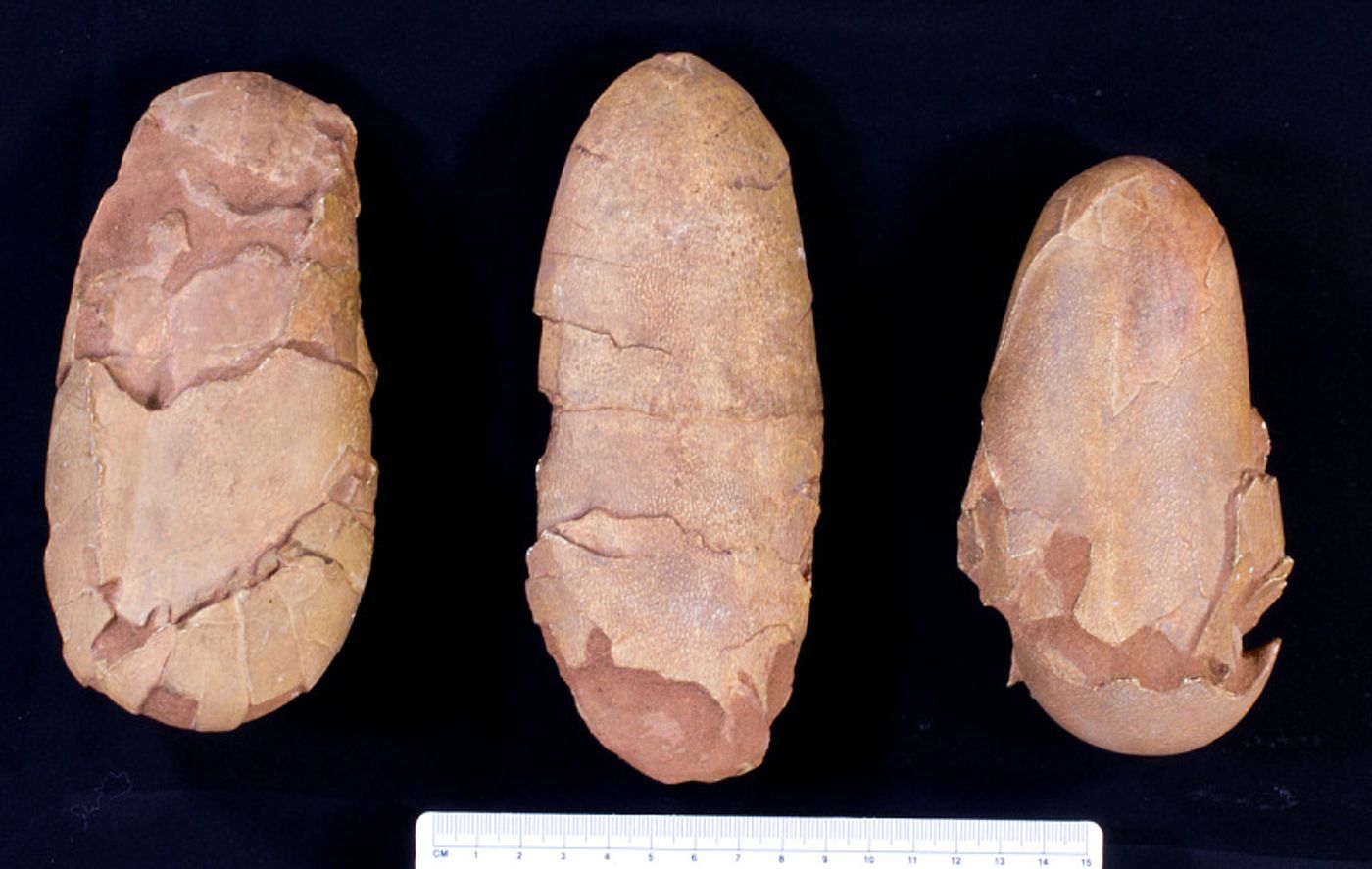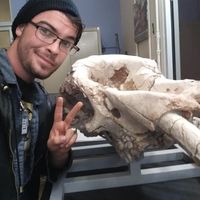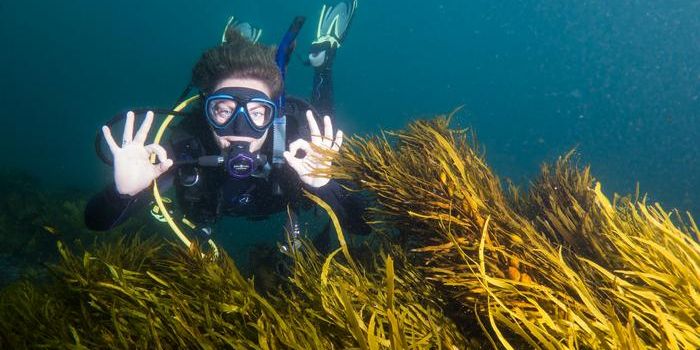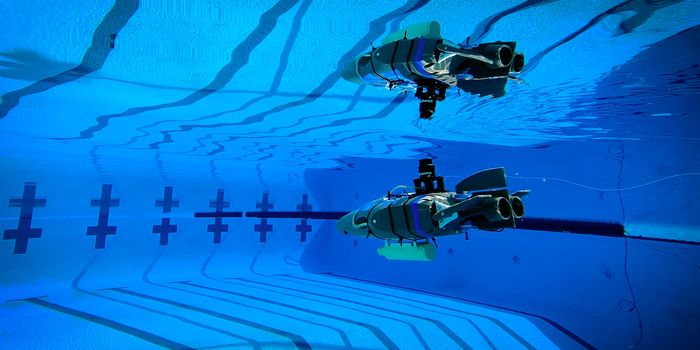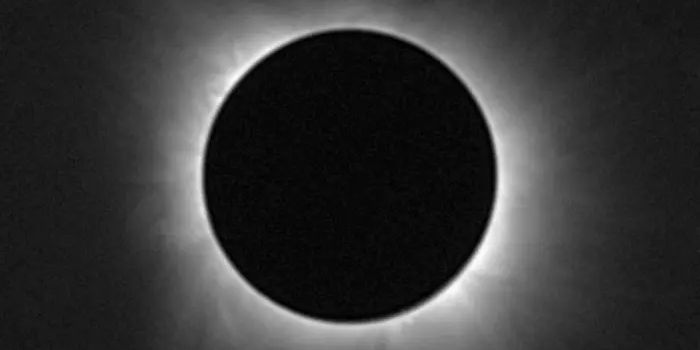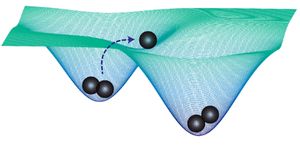72-Million-Year-Old Awe-Inspiring Dinosaur Embryo discovered!
Meet Baby Yingliang, an adorable baby Oviraptorosaurian from the Cretaceous period in Ganzhou. Ovoraptorsaurs were made famous by early 20th-century field expeditions into the Gobi Desert of Mongolia by paleontologist Roy Chapman Andrews from the American Museum of Natural History.
Many fossil nests were discovered with therapod dinosaur skeletons in close proximity, leading early scientists to conclude that the dinosaurs must have been stealing eggs. This lead paleontologists to name these dinosaurs Oviraptors, meaning egg thief in Latin.
Upon finding fossil embryos resembling the oviraptors in the preserved nests scientists were led to conclude that the raptors were actually being good parents and were not, in fact, egg thieves. This highlights just how much just one single preserved fossil embryo can change our understanding of a bygone world.
The baby Oviraptor, named Yingliang, is the best-preserved fossil embryo ever discovered in paleontology. Buried rapidly in a fossil mudslide and encased in rock for nearly 72 million years, she makes her first world debut to the global press.
It is important to note that we do not have a clear method of determining sex in dinosaurs, it is out of adoration that I refer to Baby Yingliang using feminine pronouns.
She can be seen in a position known as “tucking,” a method of stasis in the egg observed in modern birds on the verge of hatching. Perhaps this behavior links to the evolutionary relationship between modern birds and dinosaurs.
The fossil egg itself was discovered back in early 2000 but was housed and forgotten in a museum collection until this year when new construction projects prompted the entire collection to be moved to a new facility.
While this may come as a surprise to some, to those familiar with museum collections it may feel like DeJa’Vu. It was during this relocation that the egg was “rediscovered” in collections and given the proper attention that it deserved.
While this is an incredible discovery, it also highlights a growing need for digitalization, organization, and modernization of museum collections. One can only imagine the other treasures lurking in museum storage closets waiting to be dusted off and described.
Sources: BBC, American Museum of Natural History, National Geographic
